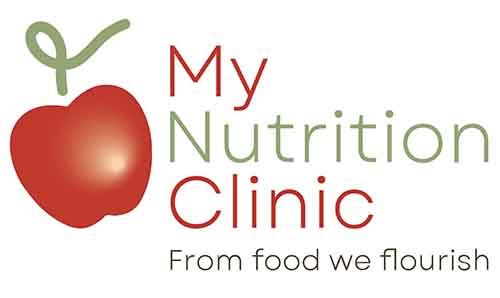Gut Health
Is my Poo Normal?
AUTHOR:
Molly Warner, Gastrointestinal and Intuitive Eating Dietitian
It’s not exactly dinner table conversation, but it is an important one.
The products of digestion can give us a clue about your bodies function when you go number two. Who knew there is so much to learn from your poo!
First question – what is it?
Most of the poop is water, about a third is bacteria, another third is undigested fibre from plant foods, and the rest is a mix of broken-down red blood cells, medicines, cholesterol, salts and food colourants.
What does the colour say about my stool?
Brown, regular brown. When red blood cells are broken down they get into the gut and turn the stool brown.
Red – while red might be a flag for intestinal bleeding or haemorrhoids, it might also mean you ate something red! Beetroot for dinner last night?
Yellow – too much fat, or malabsorption (such as in Coeliac Disease)
Clay coloured, pale – perhaps a blocked bile duct
Black – too much licorice, perhaps iron supplements, or a bleed in the upper intestine
Green – you ate greens and it’s passing too fast

Consistency is key, here’s why:
The development of the Bristol Stool Chart has saved many awkward conversations! A picture says a thousand words, so here goes…
Type 1 – Separate hard lump, like nuts (difficult to pass)
Type 2 – Like a lumpy sausage, hard to pass
Type 3 – Like a sausage with cracks on the surface
Type 4 – Like a smooth, soft sausage (similar to toothpaste)
Type 5 – Soft blobs with clear cut edges, easy to pass
Type 6 – Fluffy, mushy pieces with ragged edges
Type 7 – Watery, no solid pieces, only liquid
Type 1 stools result from over 100 hours in the gastrointestinal tract = constipation
Type 3-4 is ideal – the gut microbes are doing their job and so is your intestine, it’s the optimum ratio of fluid and solid content
Type 7 stools pass in ten hours = diarrhoea
How much is too much?
The more fibrous plant foods (fruit, vegetables, whole grains, nuts, seeds) you eat, the larger and more frequent the stool. An average day might yield 100-200g faeces, for some it can be up to 500g per day. As little as one stool every other day, and as much as 3 stools in a day is considered healthy.
Pooping trouble?
While the odd green or runny poop here and there is normal (particularly fluctuations for ladies with menstruation), any abnormal toilet sessions that carry on past a couple of days should be discussed with a doctor. Blood in the stool is a red flag. If colour, consistency or constipation are frequent goings-on of your gut, it is equally important to discuss this with your doctor and dietitian.

